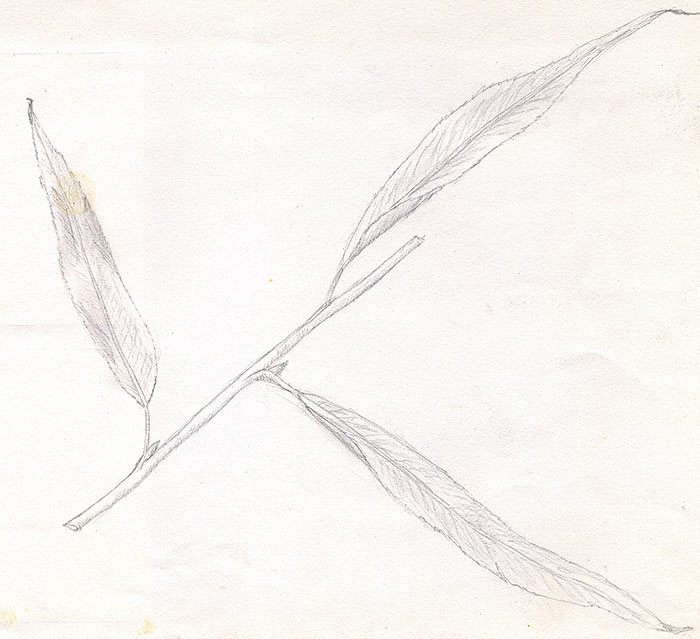
Gallery 4: School Pieces - Earliest Serious Pieces |
Return to Gallery 4 Overview page
|
These pieces are a selection of pieces kept from my days at school. I elected to do Art as one of my two elective choices in Second Form (Year 8 in 1973). Most of the pieces here are from art projects I did in Third Form (Year 9), at the age of 14. Hopefully, you can see that I had pretty good drawing, painting and observation skills even at that young age. I remember I enjoyed doing Art at school (actually, I remember that I enjoyed doing all of my subjects at school, especially mathematics and science). Throughout my years in High School, I readily understood drawing things that I saw directly in front of me, and mixing colours that I saw in front of me. I had good patience with working on details. I had a good understanding of perspective. I had a keen appreciation of the paintings by the “Old Masters” like Rembrandt and Van Eyck, because they were felt by me to be well crafted “photographic-like” scenes, as one would have experienced them through a window. I didn’t really admire more modern paintings, because they seemed either too confusing, or not skilful enough (I believed that I had better skills than many of the modern artists – but I do know better now!). When I was at school, I remember that I saw skill as a way of gaining people’s attention and respect. I guess I still believe that, but now, I am not needing other people’s attention or respect. Yes, I would like those things, but I’m not going to be subservient to the naive views of the majority of people. I now produce my artwork mainly for my own satisfaction. |

28 cm (w) x 24.5 cm (h), pencil on cartridge paper.
|
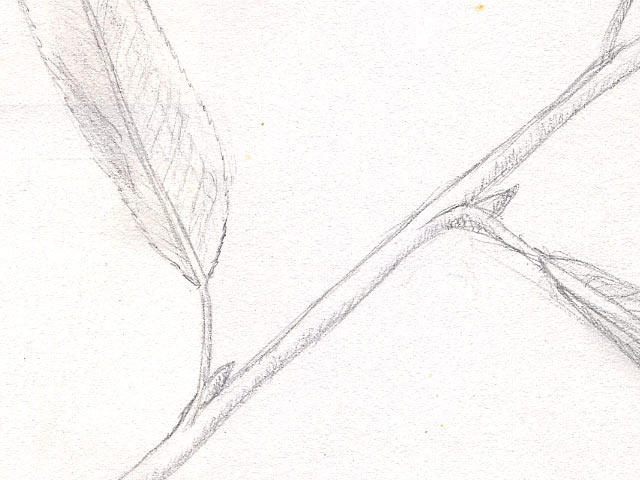
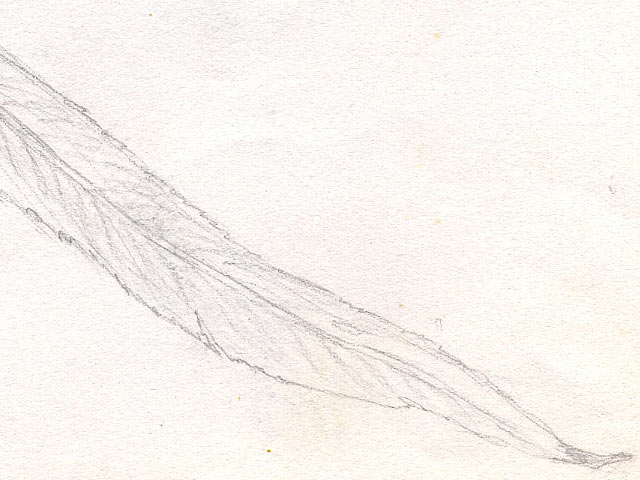
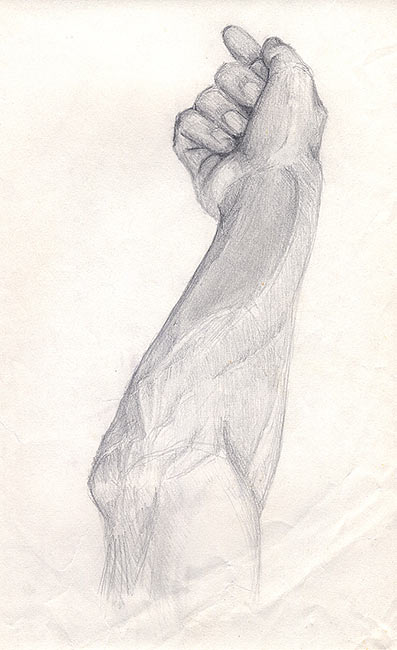
23 cm (w) x 33 cm (h), pencil on cartridge paper.
|
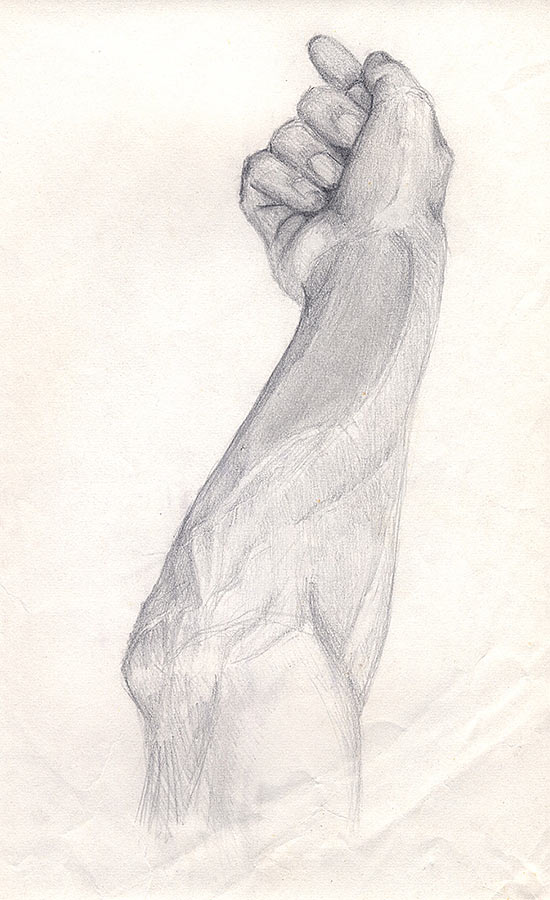
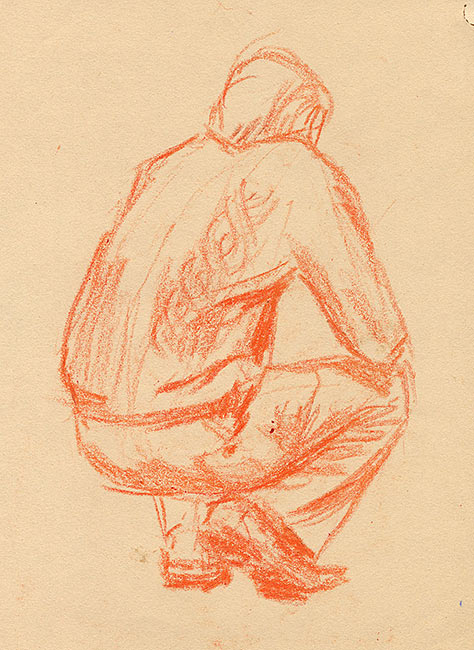
16 cm (w) x 23 cm (h), wax crayon on cream paper.
|
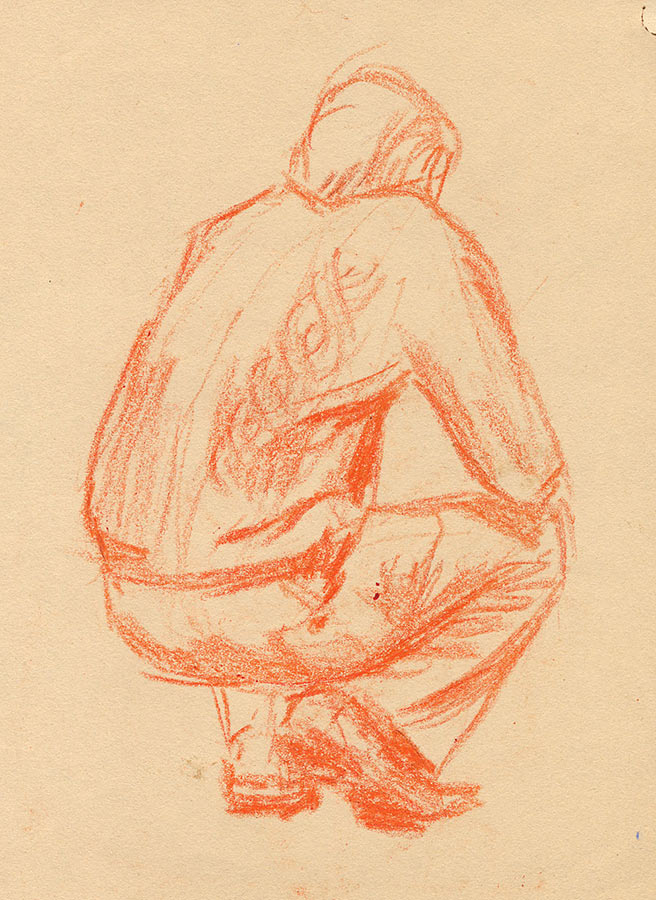

23 cm (w) x 33 cm (h), pencil on cartridge paper.
|
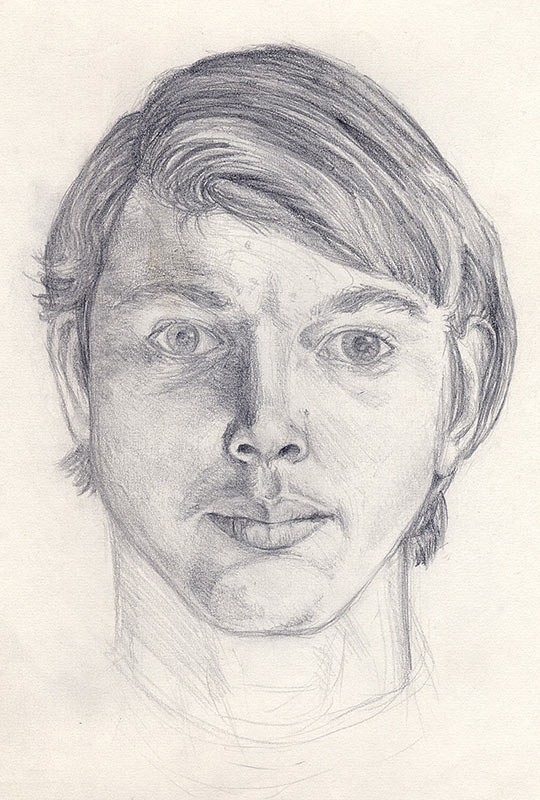
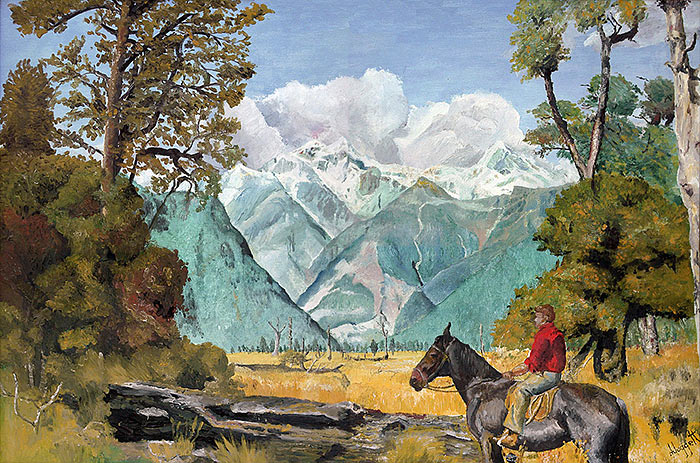
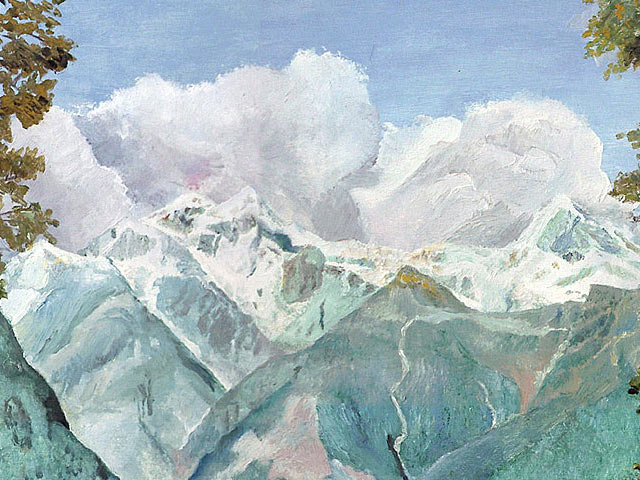
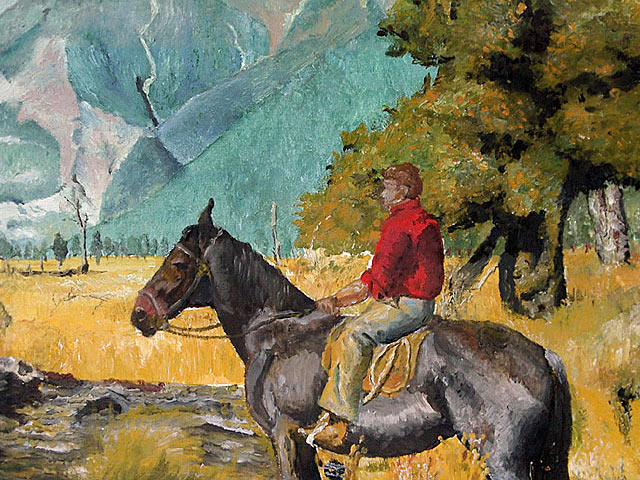
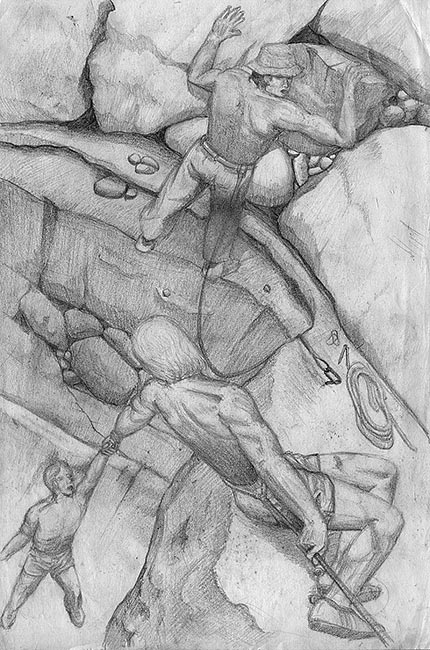
25 cm (w) x 37.5 cm (h), pencil on cartridge paper.
|
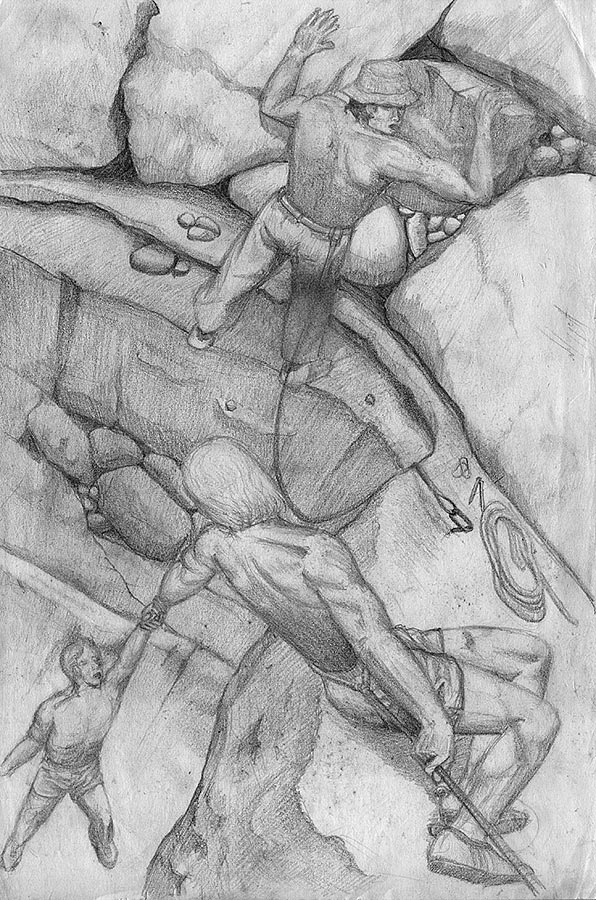
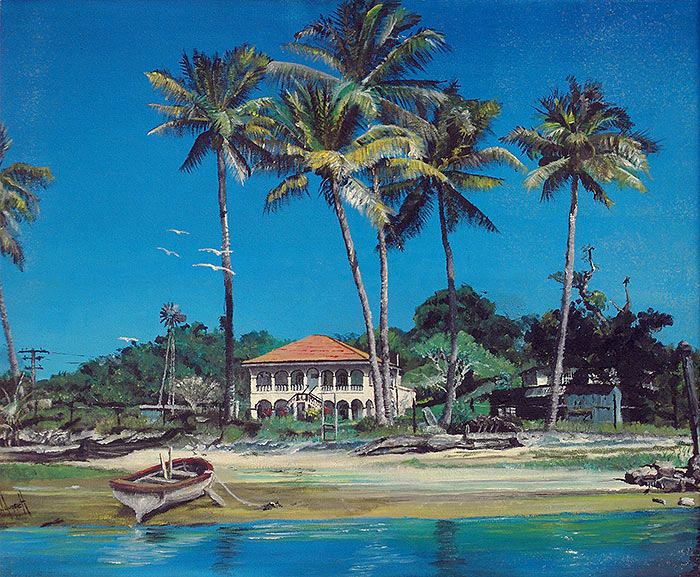
55 cm (w) x 45.5 cm (h), acrylic paints on canvas board.
|
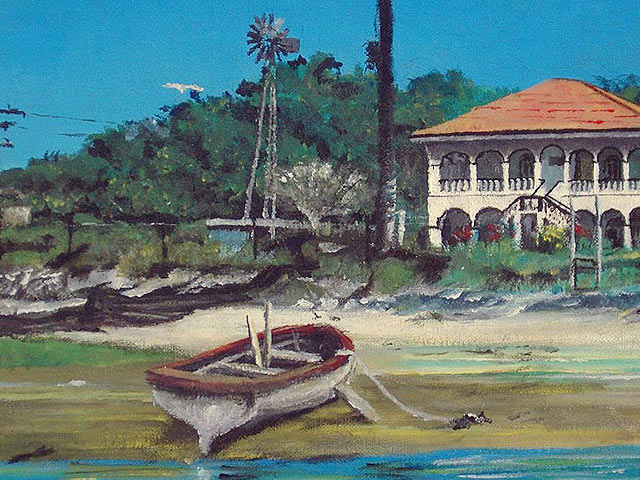
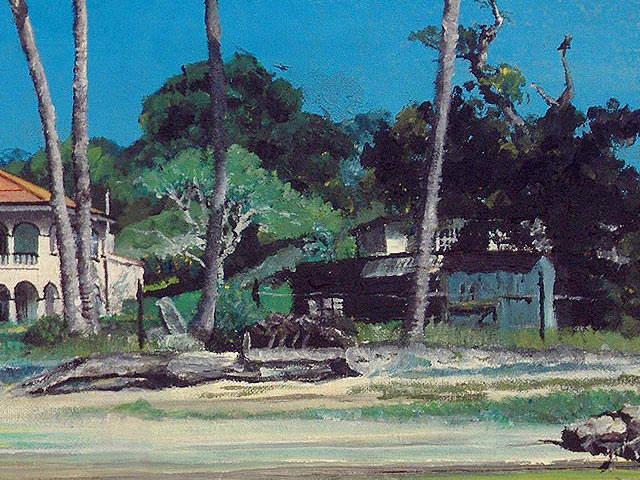
End of this display.
Return to Gallery 4 Overview page
Gallery 4: School Pieces - Earliest Serious Pieces |